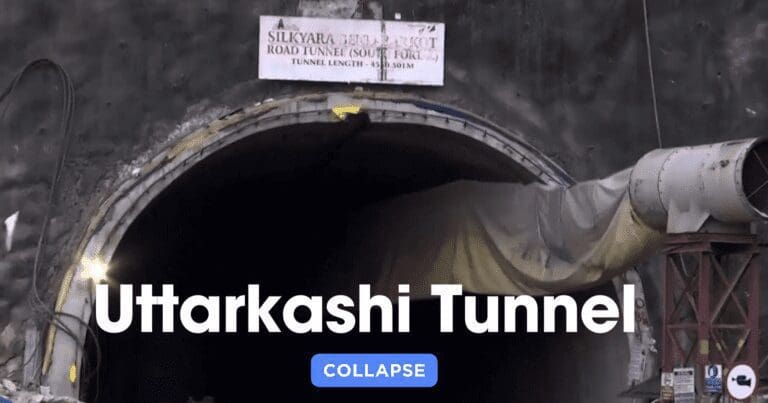The Rise Of The Robotic Working Dog, Robot dogs military

The Rise Of The Robotic Working Dog
Robotic Working Dog Meet Lumos. This robotic dog is an employee of National Grid, an electric and gas utility company that serves customers in Massachusetts, New York, and Rhode Island. Lumos never gets bored and doesn’t need brakes, though it does need to be recharged after about 90 minutes of operation.
For over a year, National Grid has been using Lumos, and another robot dog that National Grid staff have named Dante, to do inspections of its equipment. Both robots are made by Massachusetts-based Boston Dynamics. We are able to send the robot into areas that are inaccessible to people.
Areas where it might be energized so that the robot can be there and take thermal and visual images from those locations. And that enables us to understand how our equipment is behaving when it is energized. Competition in the four-legged robot market is heating up. In the U.S.,
Boston Dynamics has been developing its 70-pound Spot robot for about 10 years. Nearby, MIT has also been working on a smaller, four-legged robot it calls Mini Cheetah. Ghost Robotics in Philadelphia is making robots geared towards military applications, While abroad, Swiss-based Anybotics is making a four-legged robot it calls Anymal for industrial customers.
And Chinese companies like Deep Robotics, Weilan and Unitree Robotics are all building their own versions, though these last two companies seem to be at least partially focusing on the personal robotics market. Overall, the global inspection robots market generated $940 million in 2020 and is expected to reach close to $14 billion by 2030.
Also Read:
7 Reasons Why People Like Bitcoin, Crypto For Beginners.
Competition of Robotic Working Dog
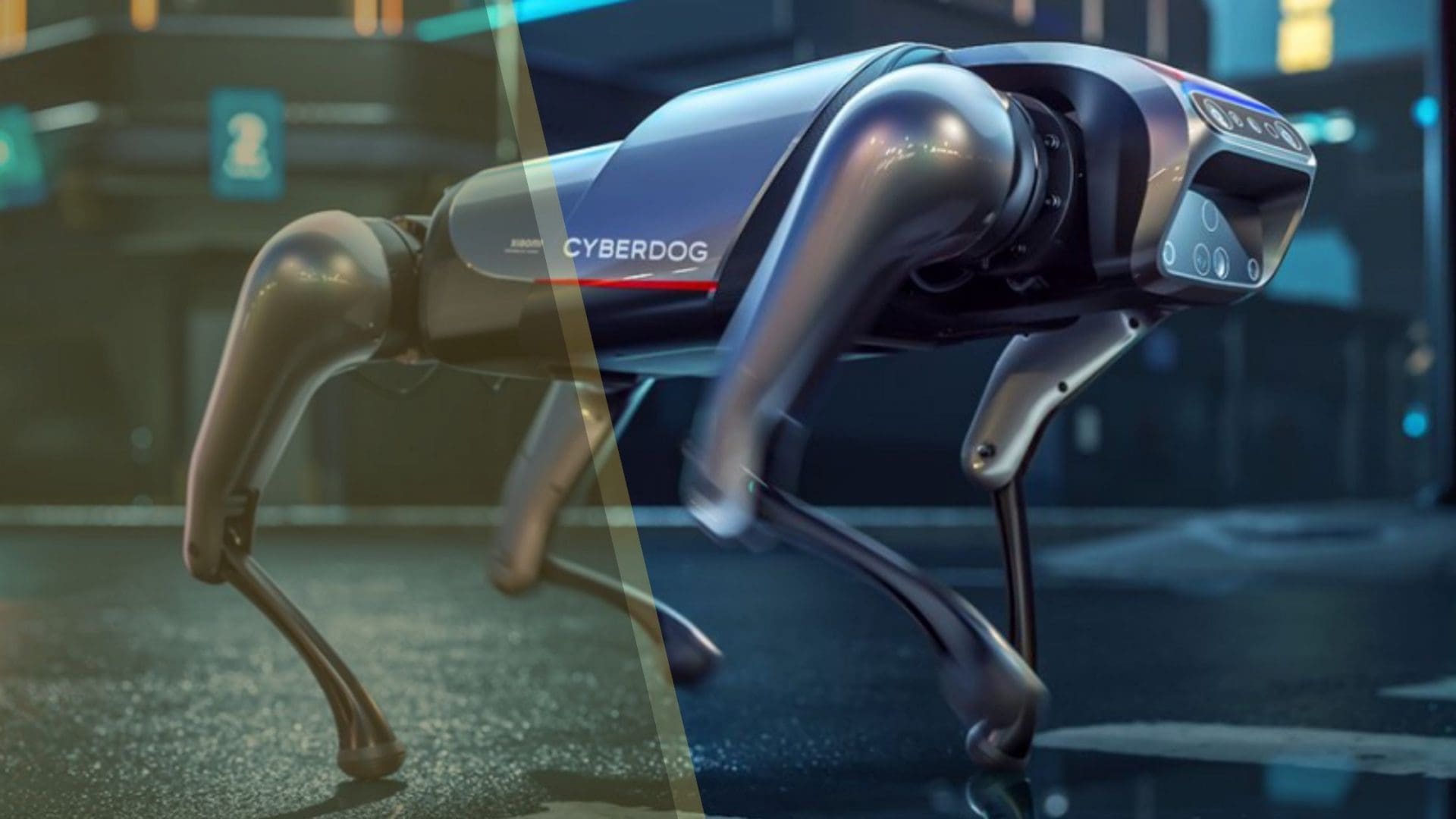
Four-legged inspection robots will have to compete against wheeled inspection robots and flying inspection robots or drones. But even getting a fraction of this market could mean a good payout. A number of four-legged robot dogs have already been deployed in the workforce for applications like inspections, security and public safety, among others.
At their core, these four-legged robots are mobility platforms that can be equipped with different payloads, depending on the type of information that companies want to gather. The robot can carry up to 15 kilograms in payloads on top of the robot, and the sensors are typically visual cameras, thermal cameras, microphones, LED lights and gas detection sensors.
For example, the robot can go into a room and see if there are any hot Spots in the environment and then really pinpoint down early where you might have a potential problem before actually, a fire could occur.
Unlike wheeled or flying robots, quadruped robots have the advantage of being able to go anywhere a human can, such as on stairs or through narrow passages. Both Boston Dynamics and Anybotics’ robot dogs rely on sensors to understand and adapt to the type of terrain they’re traversing.
Also Read:
Top 7 Common Prejudices About Why Rent Is Rising In The U.S.
Sensors, Motors and Tasks doing Ability Robotic Working Dog

But Ghost Robotics takes a bit of a different approach. Instead of using sensors to feel the ground, Ghost Robotics Vision 60 robot receives feedback from subtle current changes in its motors as it walks.
All of these robots can be operated manually using a controller or be programmed to follow predetermined paths autonomously, thus allowing human workers to focus on more complex tasks.
Plus, many can be equipped with an arm, allowing the robots to manipulate the environment around them. With the arm, the robot is capable of picking up objects, opening doors, turning valves, pushing and pulling on things.
But they don’t come cheap. Anybotics’ Anymal costs $150,000, but the company says this includes the full autonomy platform, which comes with lidar and a docking station. Ghost Robotics’ Vision 60 robot also costs around $150,000.
Boston Dynamics’ entry-level Explorer Spot robot starts at $75,000 but does not include a self-charging dock and is more limited in its autonomous capabilities when compared to the company’s more expensive Enterprise model. The payloads are also not included in the price tag. Take National Grid’s Lumos robot, for example.
Although National Grid would not share with CNBC how much it paid for the robot, just the thermal cameras and lidar alone cost upwards of $57,000. Still, the adoption of these robot dogs is already happening in a number of different industries.
Also Read:
5 Shocking Revelation of Waymo’s Self-Driving Taxis Put Urban Terrain To The Test
National Grid and Robotic Working Dog
One of the most popular use cases for these four-legged robots so far has been conducting routine inspections like those required by National Grid. Prior to using Spot, most inspections at National Grid substations were done by people.
In some cases, the operation of the substation would have to be temporarily shut down because it would not have been safe for humans to do the inspections while the equipment was still on. We consider the investment in the robot to be a prudent investment because it improves the safe operating conditions for our employees.
The robot also presents an advantage in that it’s very repeatable. It collects the images from the same angle, from the same vantage every single time, which is very useful because it allows us to compare images collected at different times to each other to be able to see any trends or changes in behaviour.
A typical inspection at the utility company looks something like this. First, engineers program the robot so that it knows where to go and what gauges to pay attention to. The instructions for each mission are relayed to the robot using a QR code.
Also Read:
Crypto, Blockchain | Profitable Business Ideas for the Next 10 Years
Features of Lumos Robotic Working Dog
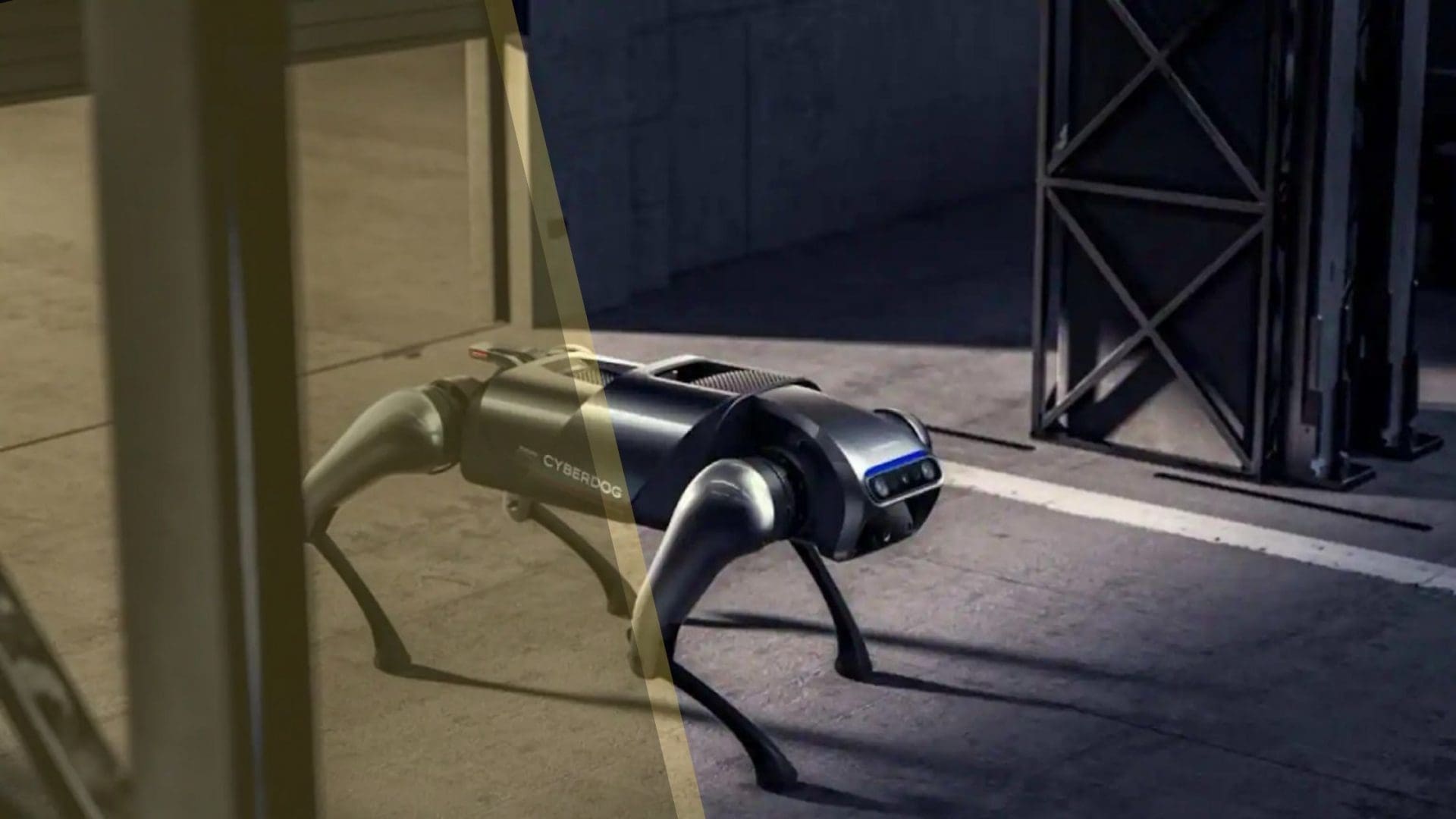
National Grid’s robot, Lumos, is equipped with lidar to help it navigate, as well as visual and thermal cameras to take detailed photos of the equipment in the substation.
It can use this information to diagnose if there are hot spots on our assets that might indicate areas of concern, areas that there could be premature failure, or areas that we might need to attend to upcoming maintenance. Boston Dynamics and IBM have also teamed up to make Spot smarter.
The robot dog will now be equipped with artificial intelligence and cloud capabilities that will allow it to interpret data as it’s being collected and automatically alert the maintenance staff before it finishes an inspection. National Grid is testing these new capabilities.
Our staff spends hours and weeks and months analyzing images that come from helicopters and robots and drones. So tying this into the next phase of machine learning and image analytics is going to be extremely helpful and save a lot of operating expenses for the company.
Others who’ve used Boston Dynamics’ robot dog, Spot, include pharmaceutical group, Merck, and BP, which is using the robot to autonomously read gauges, monitor corrosion and measure methane on some of its oil rigs in the Gulf of Mexico. Malaysian oil and gas company, Petronas, is using robot dogs made by Anybotics to inspect its offshore platforms.
The company said manned and manual operations still account for about 35 per cent of annual operational expenditure for Petronas’ Malaysia assets. Personnel training and equipment certification add to the cost of doing manual inspections in high-risk areas such as oil rigs.
Petronas says that using the robot in these situations will help keep its staff safe, improve workflow and reduce costs. These companies typically need to send out their teams of educated people to collect data about the state of their plants.
And so their vision is with these types of robots, such as Anymal, to automate some of these tasks, making sure that their people are safe and can save on some of the costs associated with actually transporting people on site.
Also Read:
5 Ways Can The Inflation Crisis In The U.S. Be Stopped?
Brazilian Corporation Adopting of Robotic Working Dog
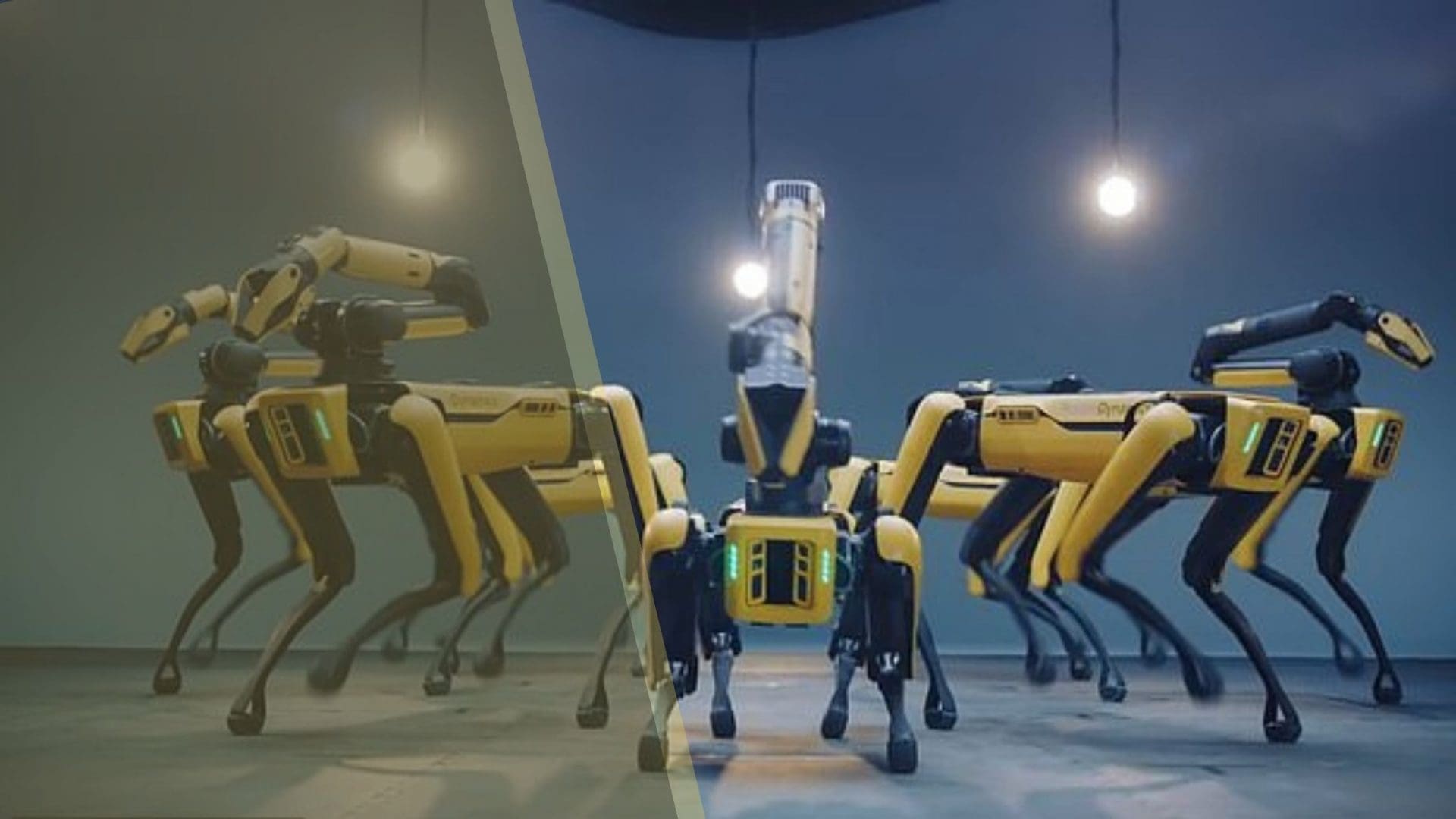
Brazilian mining corporation, Vale, is another early adopter of Anybotics’ Anymal. Having completed initial testing, Vale is now in the process of purchasing a robot to do inspections and gather data about the condition of equipment in one of its mines.
Vale says having Anymal help with inspections saves its staff from having to go into potentially dangerous spaces, which are often filled with dust, noise and rotating equipment parts. BASF, a German0based chemical company, is also testing Anymal at one of its chemical plants, where the robot is gathering visual, thermal and acoustic data of BASF equipment.
Fankhauser says that Anybotics is working on an explosion-proof version of its robot to cater to these types of customers. If you work offshore on an oil and gas or the chemical industries, you need devices that couldn’t ignite a spark and that requires very strict certificates.
For example, you know the robot. If it falls, there shouldn’t be metal-on-metal. Electronics need to be flooded with nitrogen so the gases couldn’t go in. So it’s quite an extremely high safety standard you need to comply with. Both Spot and Anymal have also been deployed at construction sites and, in the case of Anymal, at train yards to perform train inspections.
Also Read:
Japan Prices Hold Steady, U.S. Inflation Surges, ‘Japanification’ 2022
Boston Dynamic’s Features Test by Ford
In 2020, Ford also tested out two of Boston Dynamics’ robots at one of its plants in Dearborn, Michigan. The robots were equipped with laser scanners and high-definition cameras to help create a digital model of the plant, which Ford can use whenever it needs to retool the facility for new products.
But a Ford representative told CNBC that the company has since moved away from using four-legged robots and is looking at other options. Ford would not expand on why the robot dogs had been fired.
While the use of robot dogs to automate dangerous tasks such as oil and utility inspections is generally accepted, the use of these robots in defence is a much thornier issue.
Of course, governments around the world already use robots such as drones, routinely during combat, but there seems to be something about four-legged robots specifically that triggers people in a different way.
Take the 2017 episode of the popular dystopian Netflix show, “Black Mirror,” for example, which depicted a woman running from a killer robot dog that was armed with a knife. In the real world, people seem to be equally spooked.
Also Read:
How To Make Money With NFTs (MY TOP 3) be a NFT Millionaire!
Boston Dynamics Test by NYPD Robotic Working Dog
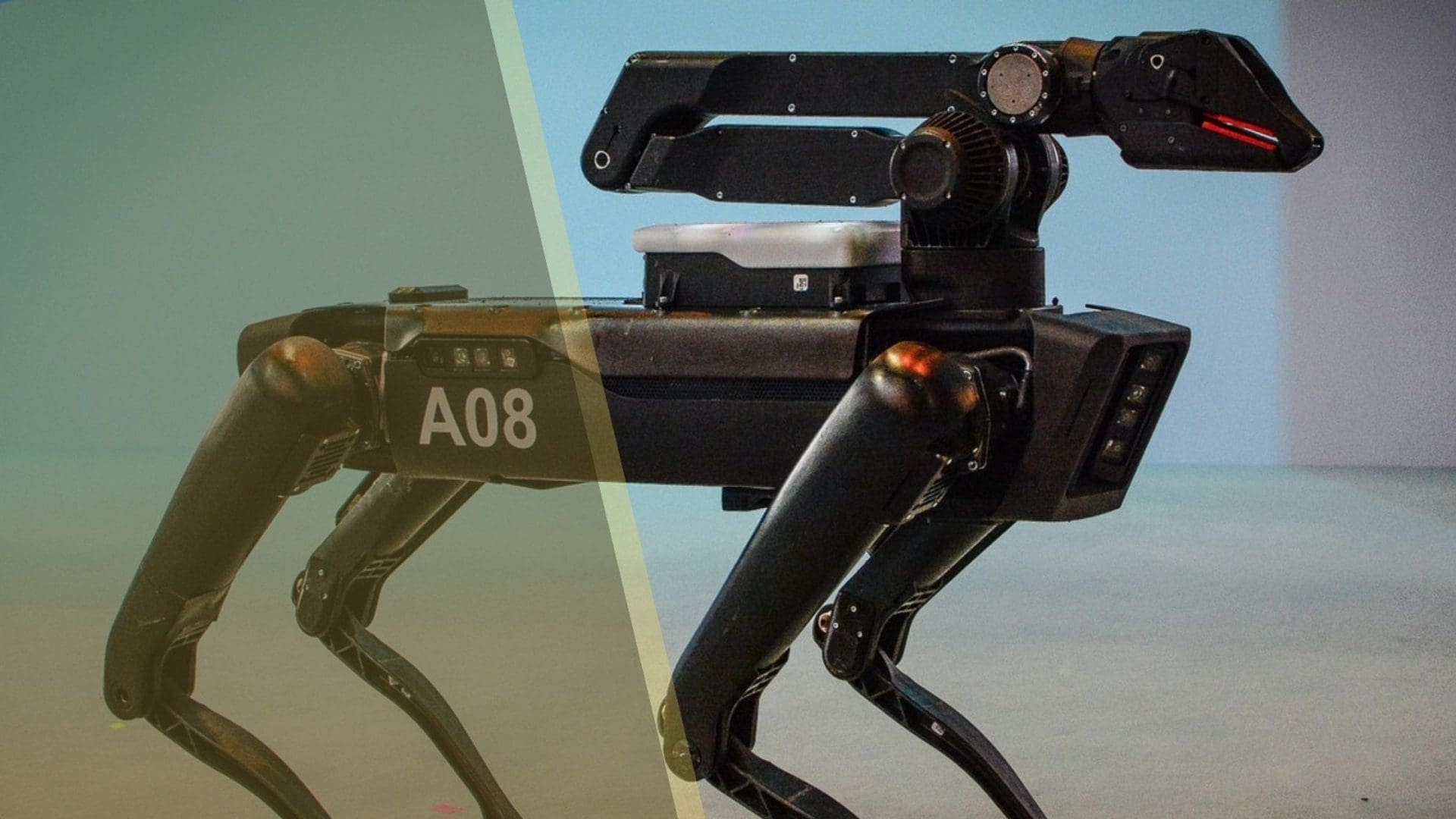
In April of 2021, the New York City Police Department said that it would stop testing one of Boston Dynamics’ Spot robots earlier than planned because of fierce public backlash.
Spot’s role in public safety is one of keeping people out of harm’s way. The NYPD was trying to use Spot in exactly that fashion, where Spot was going to be the point of communication to a potentially barricaded and armed suspect who had hostages. That’s a good use case for a robot.
Though the robot in the NYPD incident was not armed and was being remotely controlled by a police officer, concerns over fully autonomous robots being weaponized have led to the formation of an initiative known as the Campaign to Stop Killer Robots.
The coalition aims to ban the development, production and use of fully autonomous weapons. Among its supporters is Tesla CEO Elon Musk, the late Stephen Hawking and hundreds of AI experts. Boston Dynamics started out making robots for the defence industry but has since shifted gears to focus more on enterprise customers.
I expect that we will become serial producers of novel robots with advanced capabilities. I think we’ll build every, say, three to five years, we’re going to roll out a new robot targeting a new industry As part of its ethical principles, Boston Dynamics says that it will not partner with or authorize anyone who wishes to use its robots as weapons or autonomous targeting systems.
But for Ghost Robotics, the defence market is the company’s bread and butter. The Philadelphia-based company says that out of its 20 plus customers, 90 per cent are U.S. and allied foreign governments. One of those customers is the U.S. Air Force, which is using Ghost Robotics’ Vision 60 robot to do security patrols around several bases.
Also Read:
Why Warehouses Are Taking Over The U.S.: 5 The Good, the Bad
Ghost Robotics and Defence Relations

The Air Force says the robots can operate in a wide range of temperatures and are equipped with 14 sensors to help provide situational awareness. Ghost Robotics has also inked a deal with Singapore’s Defense Science and Technology Agency. The agency says it will test and develop use cases for four-legged robots for security, defence and humanitarian applications.
In October of 2021, Ghost Robotics showed off one of its robots, equipped with a rifle manufactured by firearms makers, Sword International, at the Association of the United States Army Annual Conference. The robot/gun combination immediately drew criticism.
Ghost Robotics declined to comment on this specifically, but it did say that while the robot can walk around in a designated path, there is always a person keeping an eye on it and controlling its payloads. New use cases for robotic dogs are just starting to catch on.
So far, Spot has been deployed to check the vital signs of COVID 19 patients in hospitals, take radiation measurements at nuclear power plants like Chernobyl and remind people to maintain social distance amid the pandemic. For your own safety and for those around you, please spend at least one meter apart.
Also Read:
5 Common Misconceptions About Can You Make Money From NFTs?
NASA and Robotic Working Dog
NASA has also been sending teams of Boston Dynamics’ robotic dogs into caves to see if they can one day be used to search for life on other planets. Farmers Insurance also said that the company will deploy Spot alongside its claims personnel to assess the damage caused by hurricanes, tornadoes and other climate events.
Experts predict the insurance industry alone will spend $1.7 billion on robotic systems in 2025, and other industries may follow suit. Amid the pandemic, a tight job market is forcing many companies to turn to automation.
Also Read:
5 Reasons Is Buy Now Pay Later A Good Idea For Consumers? CNBC 2022
Bottom Line
A survey done in December of 2020 showed that 51 per cent of respondents in North America and Europe said that they had increased investment in new technologies during 2020, not including remote work technologies.
We never get really criticism about, you know, the idea that even we could replace people because it’s always in their mind that they have too few people and they actually don’t want to send that person to those locations.
So they see our robot very much as a tool that enables them to be more productive, more efficient and in the process, keep their people safe.
But the use of four-legged robot dogs is still far from widespread. Boston Dynamics says that it sold several hundred Spot robots so far, while Anybotics has sold fewer than 100. As a company, we’re really pushing towards having this artificial workforce being adopted.
Where humans and robots work shoulder to shoulder to solve difficult problems. And our vision is that people shouldn’t do work, which is dangerous in places they shouldn’t really be. So our vision within the 10 years is that it becomes standard to hire either person or a robot to do a certain job.
Also Read:
Why Volkswagen Is Beating Tesla In Europe – CNBC 2022






